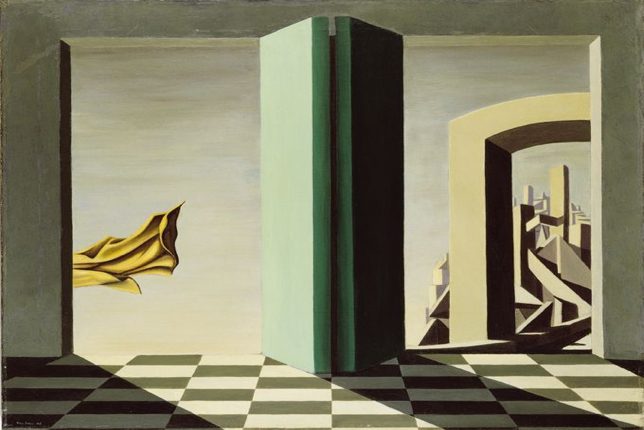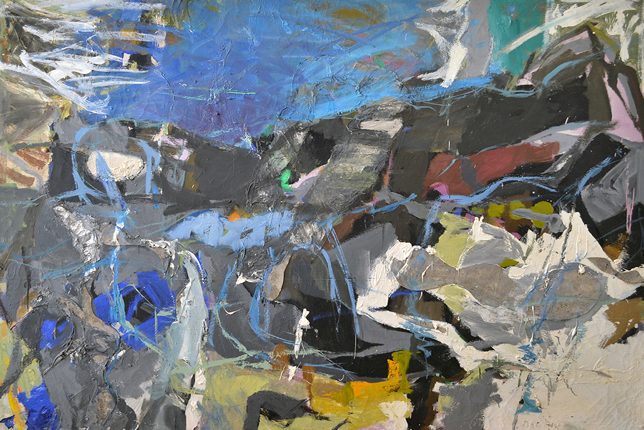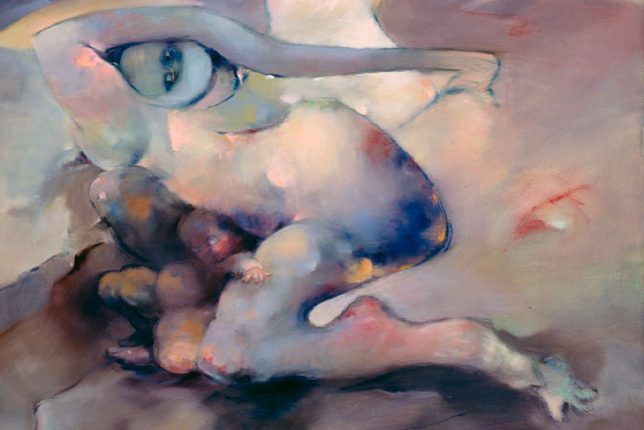Unfortunately, the majority of women in Modern art history have been forgotten. Women artists haven’t got the recognition they deserve. However, women artists have contributed to every artistic movement that preceded the period of women’s emancipation, especially from Impressionism in the late 19th century to Abstract Expressionism and Surrealism.
Let us introduce you to women forgotten by the history of contemporary art!
Kay Sage

This modern art woman was artist and poet was of American origin. Her artistic ability was overshadowed by her husband, Yves Tanguy, a Surrealist icon. Kay Sage was raised by her mother, a divorced European socialite. Her upbringing was unconventional for the time and likely contributed to her desire to become an independent artist.
The modern art woman, Kay Sage, managed to create her own visual language. This distinguished her style from that of other Surrealist artists, who are characterized by curved shapes and vibrant colors. The modern paintings of this woman take us to abstract and futuristic architectural landscapes with an abundance of straight lines and muted colors. Like her Surrealist colleagues, she was preoccupied with the juxtaposition of irrational objects.
The absence of human figures reinforces the sense of hopelessness that reigns in modern paintings by Kay Sage. She has the same rather pessimistic vision in her written works.
Perle Fine

Modern art woman, Perle Fine, devoted 50 years of her life to abstraction. She began exhibiting her work in the 1940s and soon found herself at the epicenter of the abstract expressionist movement. The daughter of Russian immigrants, she grew up in Boston where she began art in high school. She left Boston for New York at the age of 24.
There the modern art woman met many artists, including Lee Krasner, who remained a close friend throughout her life. Inspired by her sister’s encouragement and regular visits to the Met and the Museum of Modern Art, she practiced copying masterpieces to understand what makes a painting a work of art and not “many colors”.
Subsequently, with the support of Willem de Kooning, in 1949 she entered the Stable Gallery, which was considered the headquarters of abstract expressionism in New York. One of the few modern art women in this inner circle, she continued to teach and host numerous solo and group shows until her death in 1988.
Dorothea Tanning

Tanning, modern art woman best known as Max Ernst’s muse, spent 34 years of her life with the German artist. However, Dorothea Tanning was gifted with a great artistic talent, which was too often hidden by her husband.
Despite her lack of formal art training, she developed a remarkable style that turned her into an important Surrealist figure and one of the most important modern art women. Her first works, such as “Birthday”, were figurative depictions of situations straight out of dreamland, which likened her to the Surrealist movement, with members of which she often interacted.
It was the self-portrait, in which Tanning appears with a bare chest, a long skirt, as if made from tree roots, and a small strange animal, that made Max Ernst fall in love with her. However, this did not stop Tanning from pursuing other creative pursuits as she gradually leaned towards abstraction.
Her works became less and less suggestive, although it still represented the female form, a recurring theme in her work. An artist of many talents, she also sculpted and wrote poetry.
























